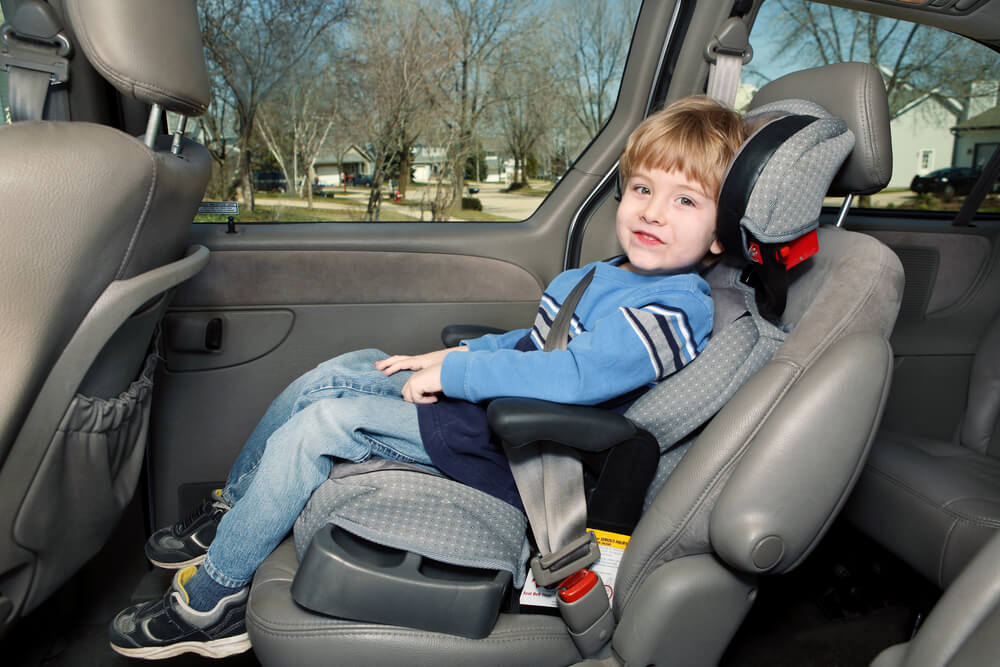It can be tricky to keep up on car seat laws when traveling through large regions. Each state has its specific regulations, and while many are similar, a few differ.
- Alabama
- Alaska
- Arizona
- Arkansas
- California
- Colorado
- Connecticut
- Delaware
- Florida
- Georgia
- Hawaii
- Idaho
- Illinois
- Indiana
- Iowa
- Kansas
- Kentucky
- Louisiana
- Maine
- Maryland
- Massachusetts
- Michigan
- Minnesota
- Mississippi
- Missouri
- Montana
- Nebraska
- Nevada
- New Hampshire
- New Jersey
- New Mexico
- New York
- North Carolina
- North Dakota
- Ohio
- Oklahoma
- Oregon
- Pennsylvania
- Rhode Island
- South Carolina
- South Dakota
- Tennessee
- Texas
- Utah
- Vermont
- Virginia
- Washington
- West Virginia
- Wisconsin
- Wyoming
- Washington DC
Some states are more detailed than others, and while there are no federal blanket laws for car seat use, you can follow what are considered best practices for child safety in vehicles. We do our best below to provide best practices and a review of the current laws that we’ve found for each state.
Please make sure you always consult your particular state’s laws and realize that our service can’t be solely depended on and you are ultimately responsible for understanding your local laws and keeping your child safe.

Best Practices
Generally, from birth until at least age 2 (or until they outgrow the rear-facing position) infants and toddlers should be in an approved car seat, face backward, and be in the rear seat. Unless absolutely necessary, children this young should not be placed in the front passenger seat.
From 2 to 3 years until about 4 or 5 years old, kids can then be turned the forward-facing position. They should still be in the back seat, and the car seats should meet guidelines for their height and weight and be properly installed. If kids must ride in a front seat, the passenger-side airbag must be disabled.
Most states dictate that a child to be at least 40 pounds and 57 inches tall (or 4 feet 9 inches) before moving from a car seat to a booster seat or regular seat belt—although there are some exceptions. Check with each state to be sure.
A booster seat should be utilized until the child can sit the shoulder strap naturally resting across the center of their chest. All passengers in a vehicle should be buckled if possible, even beyond the child and adolescent years.

Conclusion
When riding through more than one state, it’s wise to check the car seat laws before traveling with infants and children. Use the best practices guidelines if rules are changing or you are unable to find current information while on the road. Check car seats for wear or cracks and be sure they are correctly installed.
Passenger-side airbags should be disabled for kids under about 100 pounds. Remember, modeling seat belt use is crucial for kids, so buckle up to teach them safety first-hand for years to come.
Looking to get a new seat? Use the guide below: